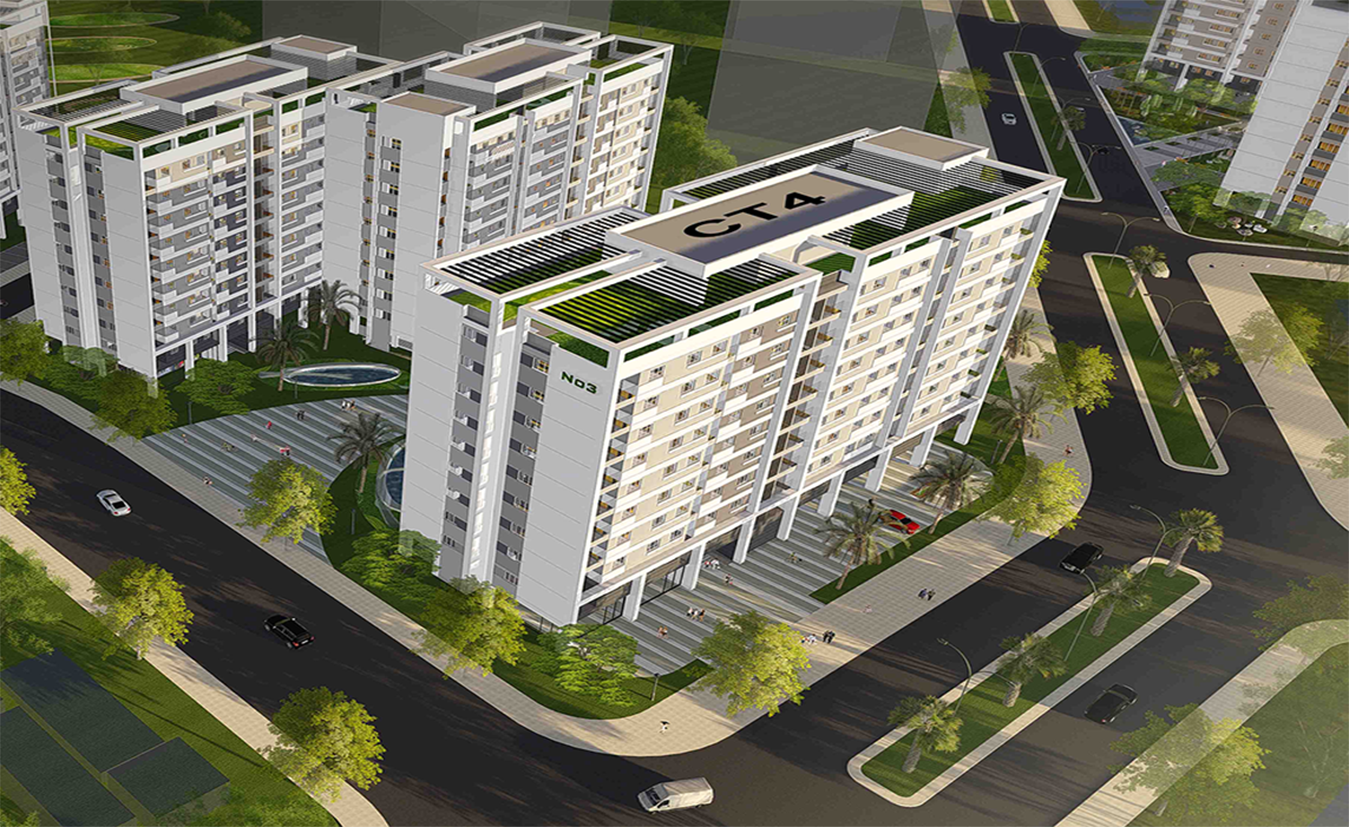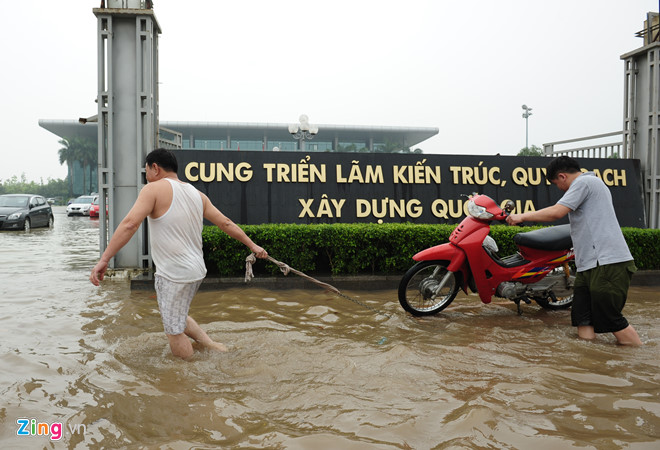What is land used by religious institutions? What type of land is the land used by religious institutions? - Anh Minh (Can Tho, Vietnam)

04 things you should know about land used by religious institutions in Vietnam (Internet image)
1. What is land used by religious institutions?
According to Appendix 1 promulgated together with Circular 27/2018/TT-BTNMT, the land used by religious institutions is the land with religious buildings including communal houses, temples, shrines, temples, shrines, and churches.
2. What type of land is the land used by religious institutions?
According to Clause 2, Article 10 of the Land Law 2013, non-agricultural land, including:
- Residential land, including rural residential land and urban residential land;
- Land for construction of offices;
- Land for national defense or security purpose;
- Land for construction of non-business facilities, including land for construction of offices of non-business organizations; land for construction of cultural, social, health, education and training, physical training and sports, science and technology, and diplomatic facilities and other non-business facilities;
- Land for non-agricultural production and business, including land for industrial parks, industrial clusters, export processing zones; land for trading and service; land of non-agricultural production establishments; land used for mining activities; and land for production of building materials, and pottery;
- Land used for public purposes, including land used for transport (including airports, airfields, inland waterway ports, maritime ports, rail system, road system and other transport facilities); irrigation; land with historical-cultural relics or scenic spots;
Land for community activities or public entertainment and recreation; land for energy facilities; land for post and telecommunications facilities; land for markets; land for waste dumping and treatment, and land for other public facilities;
- Land used by religious institutions;
- Land used for cemeteries, graveyards, funeral service centers and cremation centers; i/ Land with rivers, streams, canals, springs and special-use water surface;
- Other non-agricultural land, including land for motels, tents and camps for workers in production establishments;
Land for warehouses and houses to store agricultural products, plant protection drugs, fertilizers, machinery and tools for agricultural use, and land for other buildings of land users which are used for non-commercial purposes and not attached to residential land.
Thus, the land for the belief base belongs to the group of non-agricultural land.
3. Term of land used by religious institutions in Vietnam
According to Article 125 of the Land Law 2013, land users may use land for a long and stable term in the following cases:
- Residential land used by households or individuals.
- Agricultural land used by communities as prescribed in Clause 3, Article 131 of the Land Law 2013.
- Land for protection forest, for special-use forest and for production forest which are natural forests.
- Land for trading or services, for non-agricultural production establishments of households and individuals that are using the land stably and that land is not allocated for limited term or leased by the State.
- Land for construction of offices as prescribed at Point 1, Article 147 of the Land Law 2013 and land for construction of public service facilities of public non-business organization which are not self-financed as prescribed at Point 2, Article 147 of the Land Law 2013.
- Land used for national defense or security purpose.
- Land used by religious institutions as prescribed in Article 159 of the Land Law 2013.
- Land for religious practices.
- Land for transportation and irrigation, land with historical-cultural relics and scenic spots and land used for the construction of other public facilities for non-commercial purposes.
- Land for cemeteries or graveyards.
- Land used by economic organizations as prescribed in Clause 3, Article 127 and Clause 2, Article 128 of the Land Law 2013.
Therefore, the land used by religious institutions has a long and stable land use term.
4. Regulations on land used by religious institutions in Vietnam
Land used for belief practices according to Article 160 of the Land Law 2013 is as follows:
- Land for belief practices includes land for communal houses, temples, shrines, hermitages, ancestral worship houses and ancestral temples.
- Land for belief practices must be used properly and in accordance with the land use master plans and plans, urban construction master plan and master plan for development of rural residential areas which have been approved by competent state agencies.
- The construction or expansion of communal houses, temples, shrines, hermitages, ancestral worship houses and ancestral temples of the communities must be permitted by competent state agencies.
Quoc Dat
 Article table of contents
Article table of contents





.Medium.png)
.Medium.png)
.Medium.png)
.Medium.png)
